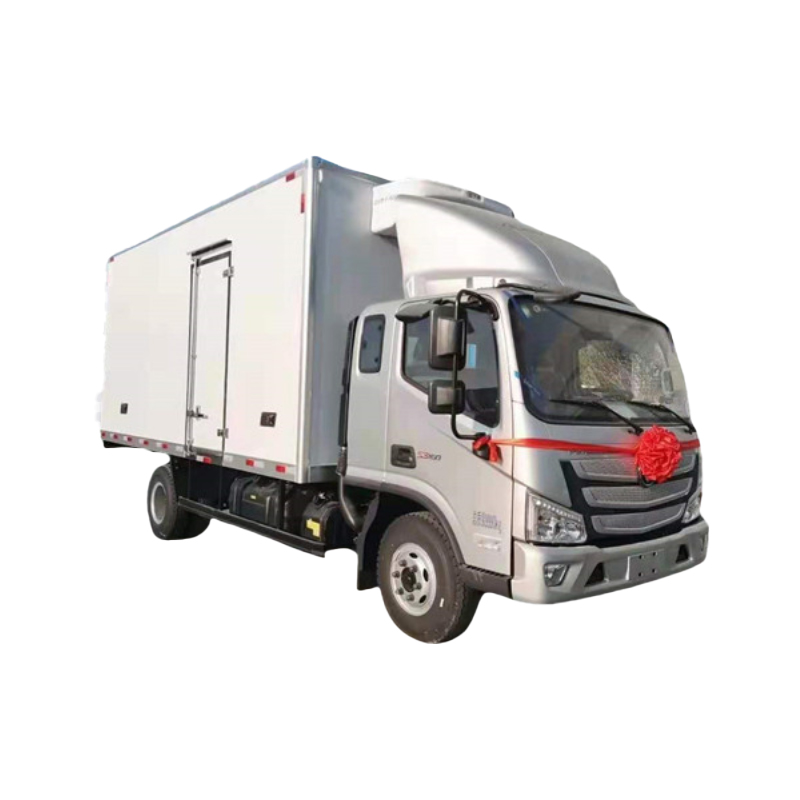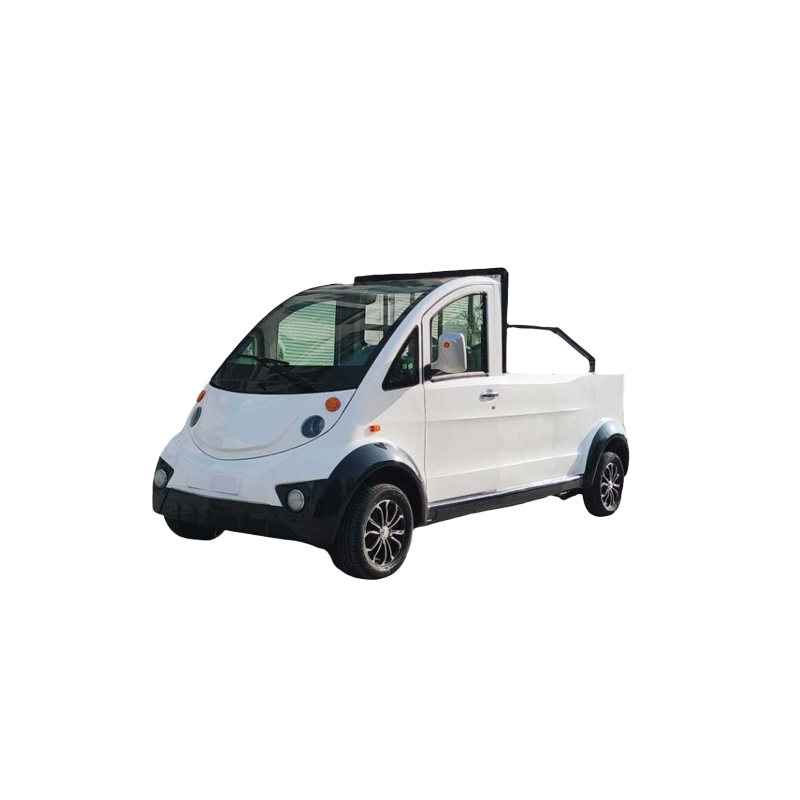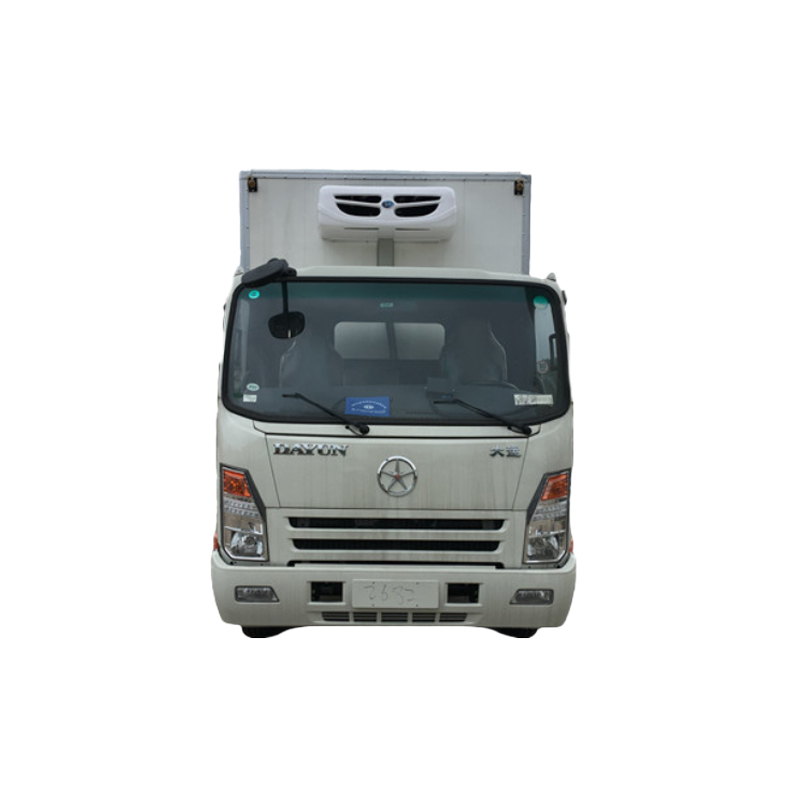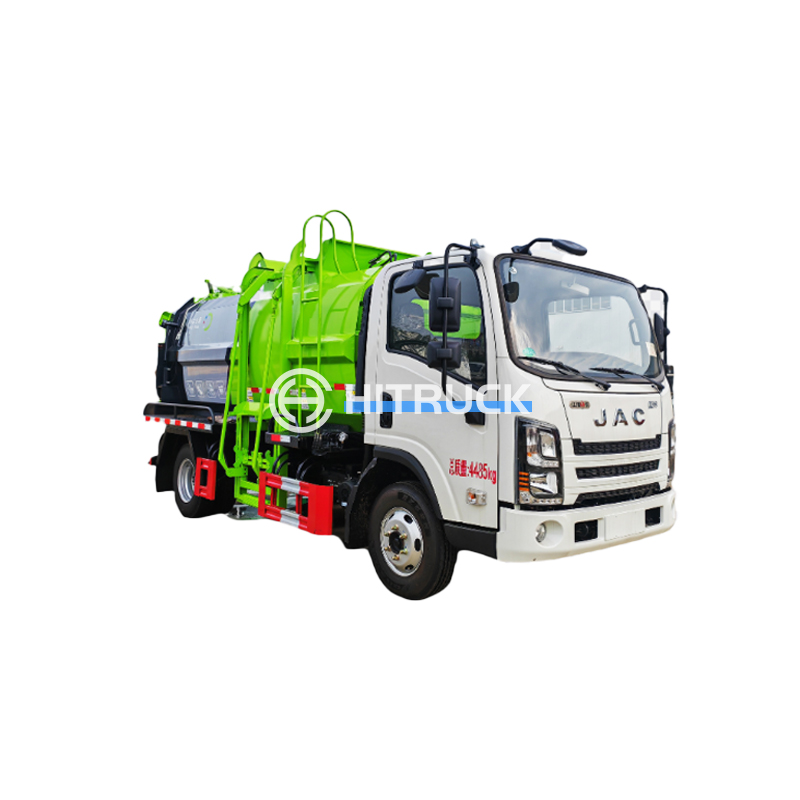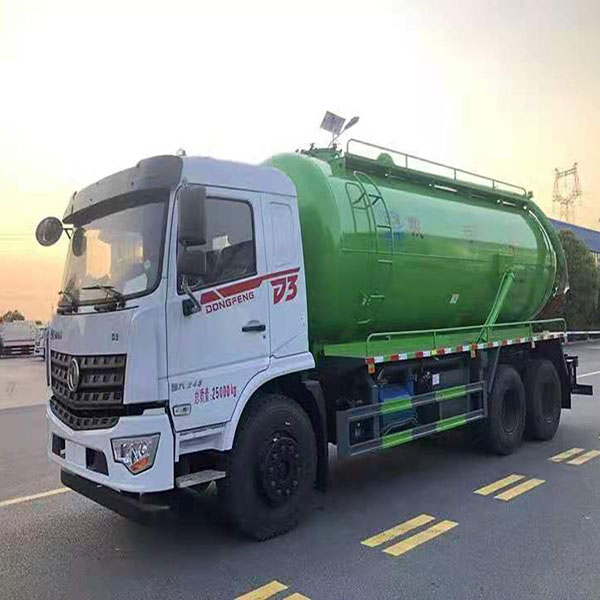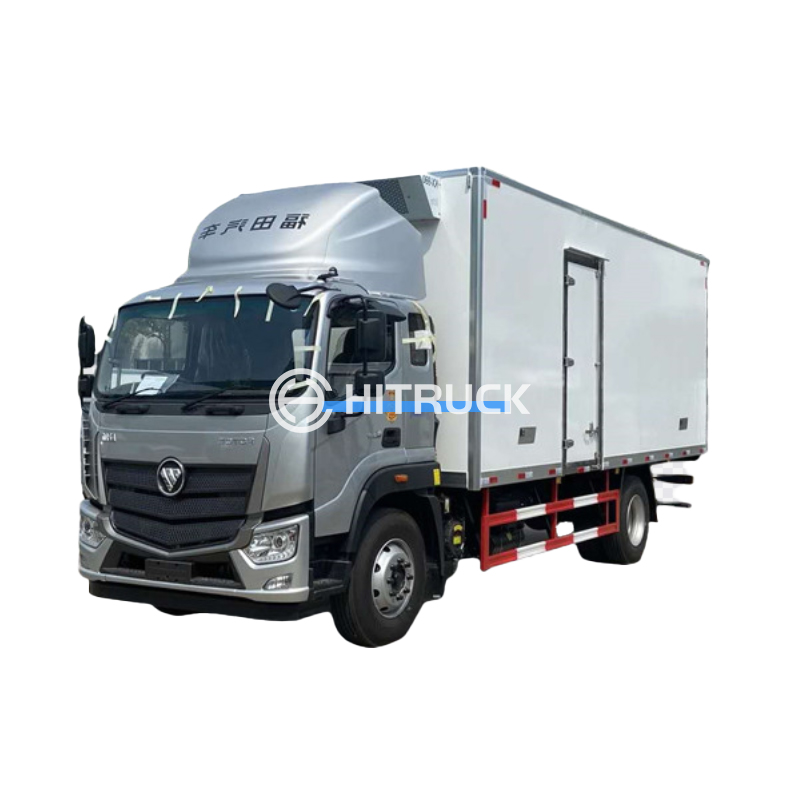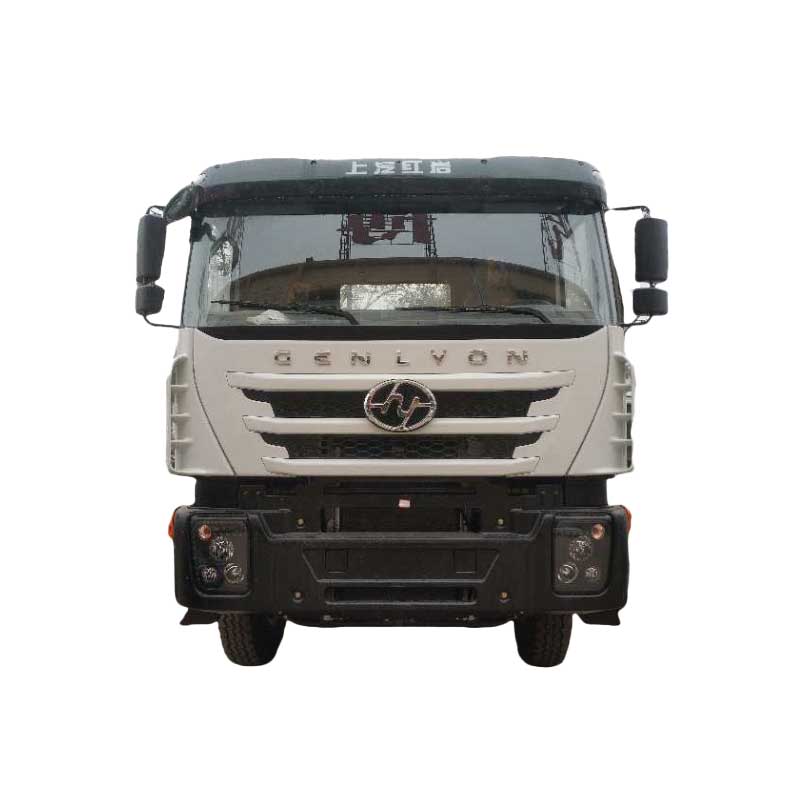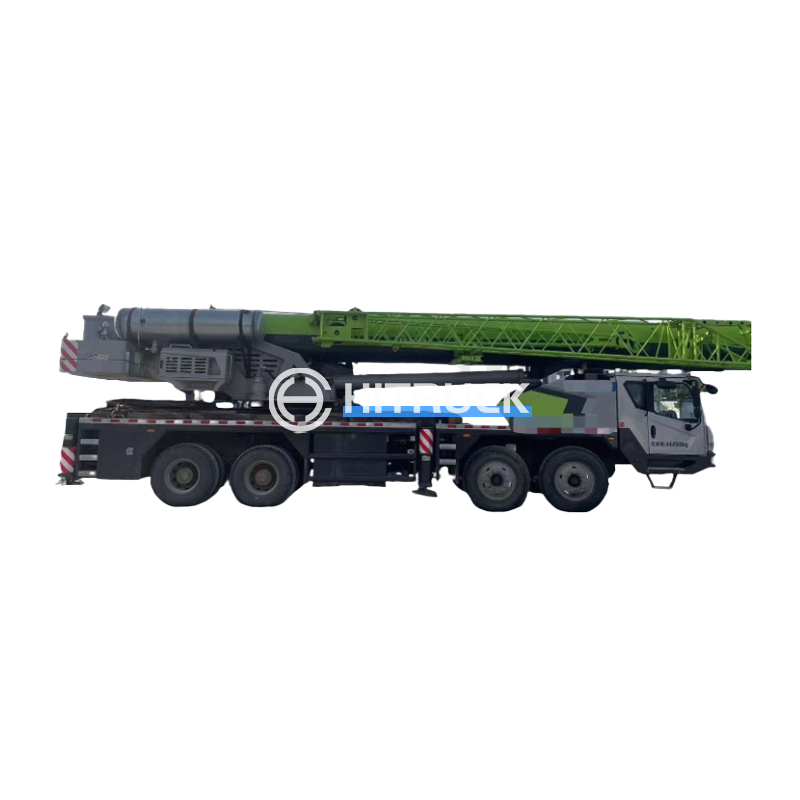This comprehensive guide explores the world of floor cranes, providing insights into their various types, applications, and selection criteria. We’ll cover essential factors to consider when choosing a floor crane for your specific needs, ensuring safety and efficiency in your operations. From understanding load capacity and lifting heights to navigating different power sources and control mechanisms, we aim to empower you with the knowledge to make an informed decision.
Gantry cranes are a common type of floor crane, characterized by their freestanding structure. They're versatile and suitable for a wide range of applications, often found in workshops, warehouses, and factories. Their mobility and ability to lift heavy loads make them an indispensable tool in many industries. Consider factors like the span (distance between legs), lifting height, and load capacity when selecting a gantry crane. Properly sized gantry cranes ensure safety and operational efficiency. Remember to always consult the manufacturer's specifications before operation.
Jib cranes offer a compact and versatile solution for lifting and maneuvering loads within a limited workspace. They consist of a jib arm mounted on a vertical mast, providing a rotating radius for lifting operations. Unlike gantry cranes, jib cranes are typically more suitable for lighter loads and smaller work areas. Their smaller footprint makes them ideal for environments with space constraints. Several types exist, including wall-mounted, free-standing, and column-mounted jib cranes, each with specific installation and operational requirements.
While not strictly floor cranes in the same sense as gantry or jib cranes, overhead cranes often share a similar function. These systems run on overhead tracks and provide a high level of lifting capacity and maneuverability, ideal for moving large and heavy objects across a wide area. They are significantly more complex and require professional installation and maintenance. If your needs encompass lifting exceptionally heavy items across a large space, overhead cranes represent a powerful solution, though typically representing a larger initial investment.
The load capacity is perhaps the most crucial factor. This refers to the maximum weight the floor crane can safely lift. Always choose a crane with a load capacity exceeding your anticipated needs, incorporating a safety factor. Underestimating this can lead to accidents and equipment damage.
The lifting height determines the maximum vertical distance the crane can lift a load. This must align with your workspace requirements and the height of the objects you need to handle. Insufficient height can significantly hamper efficiency.
Floor cranes can be powered by various sources, including electric motors, pneumatic systems, or manual hand cranks. Electric motors offer greater lifting power and smoother operation, while manual cranes are simpler and require less maintenance. Pneumatic systems are useful in specific industrial applications where compressed air is readily available.
Different floor cranes offer various control mechanisms, ranging from simple hand chain hoists to sophisticated electric controls with pendant switches or radio remote controls. The choice depends on your operational requirements, user skill level, and safety considerations.
Regular inspection and maintenance are paramount to ensuring the safe and efficient operation of any floor crane. Following the manufacturer's guidelines regarding lubrication, inspection schedules, and load testing is crucial. Remember that operator training is essential to prevent accidents and maximize the life of your equipment.
Choosing the right supplier is key to a successful floor crane purchase. Look for reputable suppliers with experience and expertise in the field. Consider factors like warranty, after-sales service, and the availability of spare parts. If you're looking for high-quality floor cranes and related equipment, consider exploring options from reputable manufacturers and distributors. Companies such as Suizhou Haicang Automobile sales Co., LTD can offer a range of options to suit your needs.
| Crane Type | Load Capacity (Typical) | Lifting Height (Typical) |
|---|---|---|
| Gantry Crane | 500kg - 10,000kg+ | Variable, depending on model |
| Jib Crane | 50kg - 2,000kg | Variable, depending on model |
This guide provides a foundational understanding of floor cranes. Remember always to prioritize safety and consult with professionals for specific project needs. Proper planning and selection will ensure the efficient and safe use of your floor crane for years to come.

